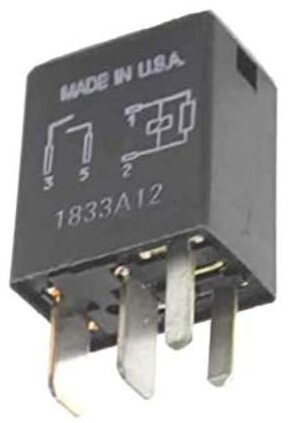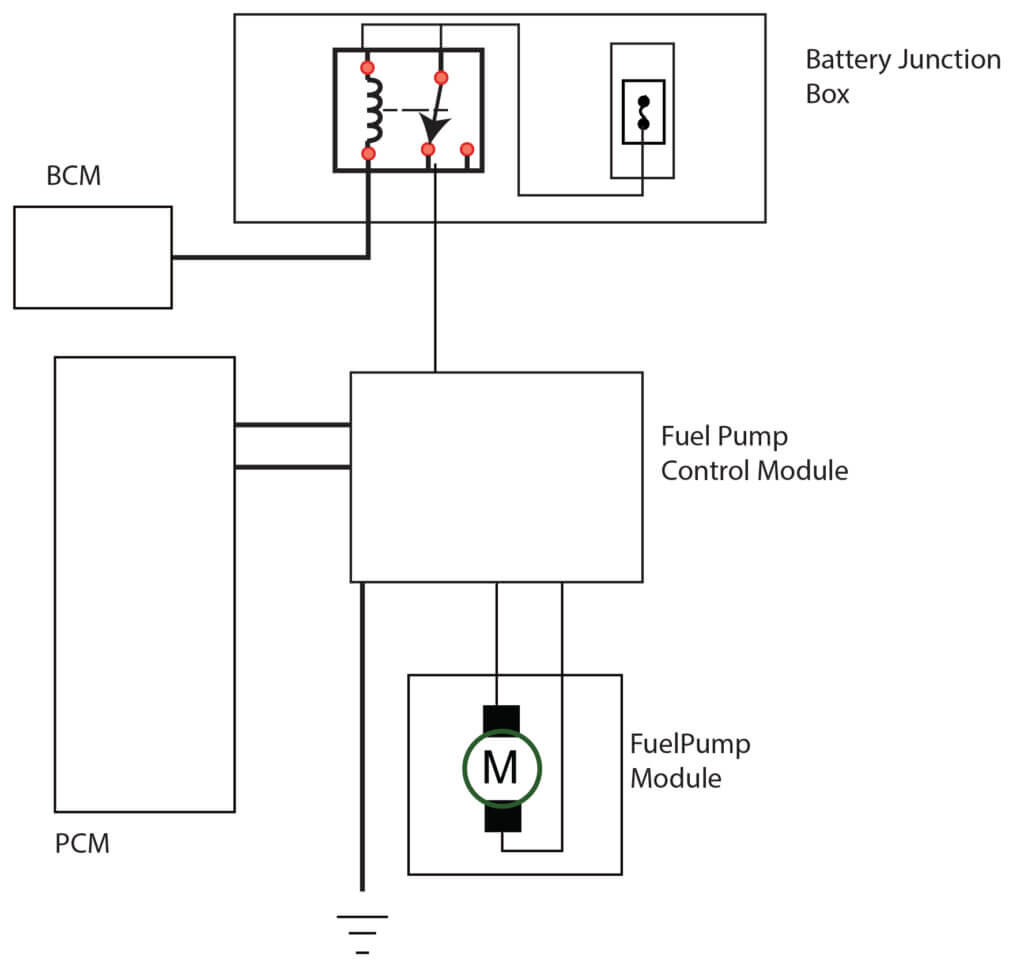Ford Ecoboost no start and codes P00C6 and P025A
Diagnose and fix a Ford Ecoboost no start and codes P00C6 and P025A
Either or both of these trouble codes can cause a Ford Ecoboost no start or a start and then a stall along with trouble codes P00C6 and P025A
P025A – Fuel Pump Module A Control Circuit/Open,
P00C6 – Fuel Rail Pressure Too Low – Engine Cranking.
The most common cause of a Ford Ecoboost no start and P00C6 and P025A
The fuel pump relay is a common failure point.
Start your diagnosis with a fuse and relay check
The fuel pump fuse location varies by model year, so refer to fuse diagrams shown here. Pull the fuse and check to see if it’s blown.
The fuse in the battery junction box provides power to the fuel pump relay contacts and control coil. The control coil is grounded by the BCM after the immobilizer passes the PATS key test. The relays close and that powers the fuel pump control module.
The fuel pump relay is a common failure point causing the Ford Ecoboost no start condition. If the fuel pump fuse is good, remove the fuel pump relay and jumper across terminals 3 & 5 in the relay socket. If the engine starts and runs, check for control coil power on terminal 1.
If you find battery voltage on terminal 1 in the socket, test for BCM ground on terminal 2 in the socket.
If the control coil is getting power and ground and the jumper wire results in engine start, then replace the fuel pump relay.
That should solve your no start problem.
If it doesn’t check out the operation of the fuel pump control module
The fuel pump control module (FPCM) is an essential component of the fuel system in the Ford EcoBoost 3.5-liter engine. The FPCM is responsible for controlling the fuel pump and ensuring that the engine receives the right amount of fuel at the right time. The FPCM is located above the spare tire on the frame of the vehicle.
The FPCM works by receiving signals from the throttle position sensor, the mass airflow sensor, and the engine coolant temperature sensor. The FPCM uses this information to determine the amount of fuel that needs to be delivered to the engine. The FPCM then sends a signal to the fuel pump to deliver the required amount of fuel to the engine.
The FPCM is also responsible for monitoring the fuel pressure in the fuel system. If the fuel pressure drops below a certain level, the FPCM will send a signal to the engine control module (ECM) to turn on the check engine light. This is an indication that there is a problem with the fuel system.
©, 2021 Rick Muscoplat
Posted on by Rick Muscoplat


